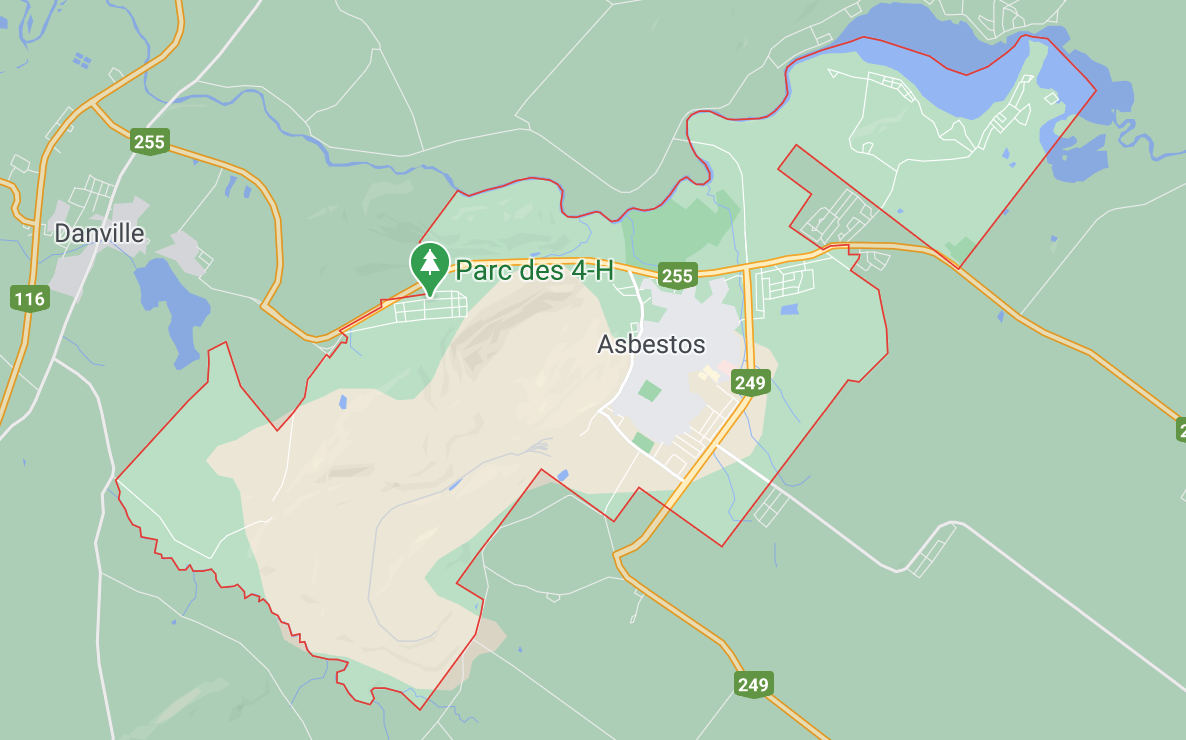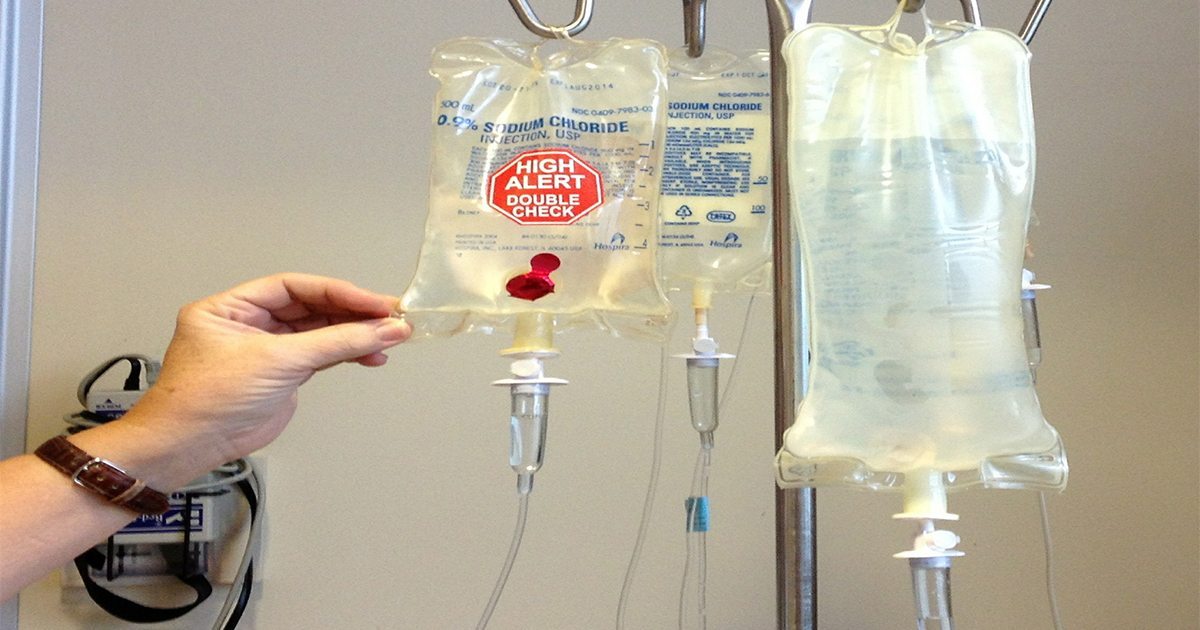Category: Asbestos Exposure

Thanksgiving: Giving Thanks to all Those in the Mesothelioma Community
Holidays can be challenging when you or a loved one is dealing with a serious medical issue.
Thanksgiving is a day steeped in traditions; A time for turkey, football, family, and all the reasons to give thanks, we share these rituals with family and friends yearly. If this is the first one that you or your loved one are celebrating with a diagnosis of malignant mesothelioma chances are this one is different.
With the new perspective that comes with dealing with a rare cancer, and facing the unknown that is ahead, giving thanks takes on a new meaning. In addition to your usual support systems, this is a time to lean on the community that surrounds and tirelessly advocates for those afflicted with this mostly preventable cancer.
The mesothelioma community is an active group of family members, researchers, advocates, and caregivers all committed to supporting and advocating for patients and their families. From support groups, political activism, and advocates in the medical and legal community, the work moves forward. This small community continues to support and hopefully improve the lives of the victims and their families.
The mesothelioma community has made extensive accomplishments that slowly, and hopefully, will lead to a cure. We are grateful for the teams of researchers who have dedicated their lives to finding treatments for this complex cancer. The team consists of many people that work in behind-the-scenes labs that are required to complete this extensive work. It is not always successful, but they continue tirelessly, as each new day lays the stepping stones leading to a cure. Although the work is necessary and important, it often goes unnoticed. Without their contributions, there can be no new innovative therapies. We applaud and give thanks for their continued work.
Advocates within the mesothelioma community continue to work on behalf of all victims and their families. They have been working for decades now, to place into law, a nationwide ban on asbestos. The goal has never been closer. This could not be made possible without patients and family members who have made this their lives work advocating for a total ban on the leading cause of Malignant Mesothelioma, asbestos. Knowing the devastation that asbestos causes, they continue on so others may not have to suffer the losses they have. We applaud and give thanks for their continued work.
Caregivers of patients with Malignant Mesothelioma are constantly coordinating, researching, and helping the patients on a daily basis. These caregivers consist mostly of unpaid family members who sacrificed their time and energy, often at the cost of their own health. We applaud and give thanks for their continued work.
On this Thanksgiving, we want to take this time to give thanks to all those in the mesothelioma community that continue to support patients and their loved ones.
Happy Thanksgiving!
Resources Available;

Residents of the Town of Asbestos in Canada Consider New Name
With the internet, social media, and many other modern forms of communication, everyone’s “brand” and naming has taken on increased importance. It is not unusual for a company to rebrand itself with a different feature that they want people to associate with their business. In this case, there is a town’s name associated with disease and death.
The news from Asbestos, Canada a year ago was that the town leaders wanted to change the name because of the negative connotations that the word asbestos holds. Asbestos, Canada is the home to the Jeffrey Mine and is a small town 80 miles east of Montreal. The approximate population is around 7,000 people.
For many years the Jeffrey Mine, which was named after W.H. Jeffrey, who bankrolled the town’s asbestos mine, was the leading producer of asbestos in the world. The mine made Canada one of the world’s leaders in asbestos exportation. It was last owned by the Johns Manville Corporation.
A vote was scheduled to be taken by the townspeople in October on what to change the name to. The four choices that were to be voted on were:
- Apalone – an indigenous species of turtles.
- Jeffrey – W.H. Jeffrey bankrolled the town’s Jeffrey Asbestos Mine.
- Phoenix – the mythological bird of rebirth.
- Trois-Lacs – a local lake and the name of a municipality that merged with Asbestos in 1999.
This week the leaders of Asbestos, Canada decided to “pause” the re-naming as there is a lot of dissension among the town people on the changing of the name.
Asbestos causes cancer. This was declared by the World Health Organization over 30 years ago. It is a fact no amount of rebranding can hide. Asbestos continues to kill people.
Approximately 100,000 people die globally each year from asbestos related diseases. Asbestos can cause lung cancer, malignant mesothelioma, and asbestosis. It is estimated that at least 80-85 percent of cases of malignant mesothelioma can be traced to exposure to asbestos. Changing the name of the town will not change the history of what asbestos has and continues to do to the health of the world.
Asbestos, Canada will always be associated with the Jeffrey Mine and asbestos manufacturing. The legacy of the damage that asbestos has done to peoples’ lives and contributed to their premature deaths cannot be rebranded.
We wish the people of Asbestos the best as they search for a new name and a healthy future that does not highlight their history in asbestos production.

Asbestos Isn’t Banned in America – Yet
It is easy to understand why so many people falsely assume that asbestos is banned in the United States. There are decades of research that prove that toxic fibrous asbestos crystals can cause mesothelioma and lung cancer in even the smallest quantities. While many of asbestos’ applications are now limited, there are unfortunately still loopholes in current legislation.
In 1989, there was a partial ban on manufacturing, importing, processing, and distributing products that contained asbestos, as well as a ban to prevent asbestos from being utilized for new purposes. The asbestos industry fought back, and so gaps in the law prevail.
Consumer products such as baby powder, children’s makeup, and crayons continue to be flagged as having the carcinogen. Manufacturers of these products are not required to warn consumers if asbestos accounts for less than one percent of ingredients, even though it is known that even small amounts can cause cancer. They should be required to do so.
America is the only developed country to have not yet imposed a complete ban on asbestos.
According to the U.S. Geological Survey, while the last American manufacturer of asbestos ceased operations in 2002, the United States imported 681 tons of asbestos in 2018 with Russia as its sole source. Beyond this, the USGS 2020 Mineral Commodity Summary of asbestos noted that some asbestos minerals are also imported as part of manufactured products, “including brake blocks for use in the oil industry, rubber sheets for gaskets used to create a chemical containment seal in the production of titanium dioxide, certain other types of preformed gaskets, and some vehicle friction products.”
Organizations like the Mesothelioma Applied Research Foundation (CureMeso) and the Asbestos Disease Awareness Organization (ADAO) are currently leading the battle to finally ban asbestos in the United States. Linda Reinstein founded the ADAO in 2004 in response to her husband’s diagnosis of mesothelioma, and continues to this day to raise public awareness about the dangers of exposure and to work towards a global asbestos ban.
The Alan Reinstein Ban Asbestos Now Act of 2019 is currently in committee with both the U.S. Senate and House of Representatives, and is ready for a vote of the full house. The bill, if enacted, “prohibits the manufacturing, processing, and distribution of asbestos or any mixture or article containing asbestos.” ADAO has been lobbying for the bill to come up for a vote in both chambers of congress.
If you would like to support efforts to get the bill passed to ban asbestos in America, you can sign ADAO’s petition on Change.org or make a donation to them or CureMeso today.

“Lung Decision Precision” Screening Tool May Lead to Early Detection of Mesothelioma
The key to increased life expectancy when battling lung cancer, and other extremely aggressive cancers such as mesothelioma, is early detection. Unfortunately, while there are standard screening tests and guidelines for breast cancer, colon, and prostate cancer, lung cancer screening tests are limited to high risk patients, defined as life-long heavy smokers. Now, researchers have developed a personalized lung cancer screening decision tool which incorporates past asbestos exposure as a criteria to guide individuals and physicians in determining their lung cancer screening options.
Researchers from the University of Michigan have unveiled a lung cancer screening Q&A tool that can be used by medical professionals to identify people who may benefit from a low-dose computed tomography (LDCT) screening. For people who do not have any symptoms often associated with lung cancer or pleural mesothelioma, such as difficulty breathing, coughing or fatigue, there is seemingly no reason to screen for lung cancer.
That is why the personalized Lung Decision Precision tool for physicians, which presents a series of questions targeting the person’s smoking history and asbestos exposure, is important. The tool is designed to open discussion between the physician and patient to determine whether a lung screening is appropriate.
“This allows us to identify which patients are in the preference-sensitive zone for the decision about screening, and which ones have a very clear potential benefit to them,” said Tanner Caverly, M.D., M.P.H., an assistant professor in the Division of General Medicine and Department of Learning Health Sciences at the U-M Medical School.
The Lung Decision Precision Tool asks the critical question: “Has the patient been exposed to asbestos at work?” Based on a “yes” answer, the patient is asked to confirm the following:
- You worked in one or more of the following occupations: asbestos worker, insulator, lagger, plasterboard worker, dry waller, plasterer, ship scaler, ship fitter, rigger, shipyard boilermaker, shipyard welder, shipyard machinist, shipyard coppersmith, shipyard electrician, plumber/pipefitter, steamfitter, or sheet metal worker.
- You worked in this job for at least 5 years.
- You began working in this job at least 15 years ago.
Asbestos is a human carcinogen, known to cause lung cancer and pleural mesothelioma, a cancer of the lining of the lungs diagnosed in nearly 3,000 Americans each year. The U.S. Environmental Protection Agency warns that there is no safe level of exposure. In addition, the Occupational Safety and Health Administration reports, “every occupational exposure to asbestos contributes to the risk of getting an asbestos related disease.”
While no longer used in new buildings in the U.S., asbestos was added to a variety of products including insulation, steam pipes, furnace ducts, floor tiles and roofing shingles, in buildings and homes built prior to EPA regulations were put in place in the 1970’s. People who worked in construction, ship-building, plumbing and in the military are at a higher risk than others of developing mesothelioma.
The only recommended screening test for lung cancer is LDCT, according to the Centers for Disease Control and Prevention. During an LDCT an X-ray machine scans the body and uses low doses of radiation to make detailed pictures of the lungs to help find abnormal areas that may be cancer. The American Cancer Society reports that in a study of 50,000 smokers or former smokers aged 55 to 74 researchers found that people who got LDCT had a 20% lower chance of dying from lung cancer than those who got chest x-rays.
Mesothelioma is often not diagnosed until symptoms are present, and the cancer is in its late stages. At this point, prognosis is often less than one-year. Stopping tumor growth and preventing metastasis is especially critical for mesothelioma and lung cancer where the diseases are highly aggressive. This can only be achieved if the mesothelioma cancer is detected early.
“As a clinician I’d like to have this [tool] for many of the things I do, where it would be meaningful to know how beneficial something could be for the individual patient, and we could talk about whether it’s indicated for them,” said Caverly.
The research team also launched a companion website, “Should I get screened”, for patients that includes easy-to-understand information about the pros and cons of lung cancer screening, and includes a “lung cancer risk calculator.”
If you have been exposed to asbestos in the past, talk to your doctor about the Lung Decision Precision tool.
Find out more about the tool in the May 29 issue of Annals of Internal Medicine.
Sources:
- University of Michigan
http://ihpi.umich.edu/news/scan-or-not-scan-research-shows-how-personalize-lung-cancer-screening-decisions - Annals of Internal Medicine
http://annals.org/aim/article-abstract/2682684/identifying-patients-whom-lung-cancer-screening-preference-sensitive-microsimulation-study - Lung Decision Precision tool
https://share.lungdecisionprecision.com/ - Should I get screened
http://www.shouldiscreen.com/ - The American Cancer Society
https://www.cancer.org/cancer/lung-cancer/prevention-and-early-detection/early-detection.html - Occupational Safety and Health Administration
https://www.osha.gov/SLTC/asbestos/

Chemical in Alaskan Sea Sponge May Kill Mesothelioma Cancer Cells
Another sea-dwelling plant is making headlines in oncology research. Over a year ago MesotheliomaHelp reported that the active agent, trabectedin, found in the Caribbean sea cucumber showed promise in fighting mesothelioma. Now, researchers believe the unique chemical composition in the deep-water Alaska green sponge could kill cancer cells. This discovery could lead to treatments for pancreatic cancer, and other aggressive cancers such as mesothelioma.
Found by National Oceanic and Atmospheric Administration (NOAA) scientist Bob Stone in 2005 during a fishery mission, the sponge has researchers from around the U.S., and the globe, clamoring to find out more about it, according to a July article in NOAA Fisheries. A researcher from the Medical University of South Carolina, who has been turning to marine life as a potential drug ingredient for nearly 20 years, is particularly excited by the discovery and is now working with Stone, a team in New Zealand, and with other cancer centers in the U.S.
Identifying the sponge as Latrunculia austini, Mark Hamann, the Charles and Carol Cooper SmartState Endowed Chair at MUSC, said that the plant, “covers unique and unprecedented chemical space.”
Samples of the sponge are now in the hands of researchers at the Henry Ford Cancer Institute where a team is testing sponge extracts against pancreatic cancer cells. The researchers found the green sponge extracts effective in killing pancreatic cancer cells in the lab.
“You’d never look at this sponge and think this is a miracle sponge, but it could be,” said Stone.
Although pancreatic cancer and mesothelioma are very different cancers, the two diseases both lack treatments that can effectively combat the tumors. Chemotherapy is a standard treatment option for both mesothelioma and pancreatic cancer, but eventually the cancer cells build up a resistance to the treatment. Survival is low for both cancers.
The cancer-fighting capability of the sponge is driven by its inability to flee from predators. As a result, it builds up powerful chemicals to ward off its enemies. For that reason, Hamann and the other researchers turn to these marine creatures to develop life-saving drugs. They note that “Of the eight most frequently prescribed products to treat cancer, half are natural products.”
The sponge is at a depth that makes it difficult to harvest bringing a significant obstacle to the research, albeit one worth trying to overcome. “For pancreatic cancer this is absolutely the best lead that we have,” Hamann said.
Mesothelioma, caused by asbestos exposure, is diagnosed in close to 3,000 Americans each year. Currently, there is no cure for the disease, but research into treatments of other cancers is followed closely by the mesothelioma community in hopes the results are transferrable.
“Given the lack of current effective drug treatments available for pancreatic cancer, this study finding offers hope for the future of cancer care,” said Fred Valeriote, senior researcher with the Henry Ford Cancer Institute.
This research is in early stages and significant, additional research is still needed.
Photo Credit: NOAA Fisheries
Free Mesothelioma Patient & Treatment Guide
We’d like to offer you our in-depth guide, “A Patient’s Guide to Mesothelioma,” absolutely free of charge.
It contains a wealth of information and resources to help you better understand the condition, choose (and afford) appropriate treatment, and exercise your legal right to compensation.
Download Now